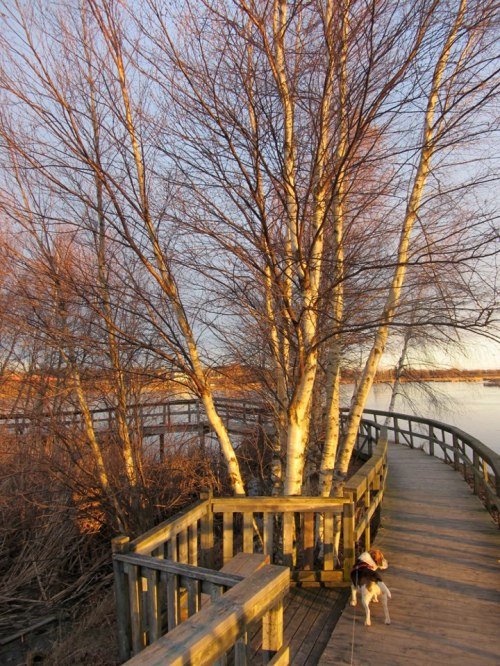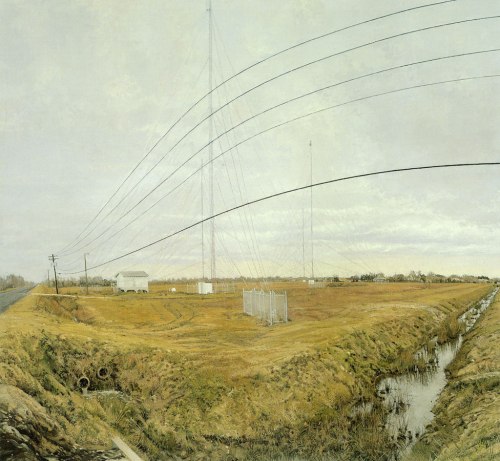
Henri Matisse, Interior with Egyptian Curtain, 1948
What I dream of is an art of balance, of purity and serenity, devoid of troubling subject matter … a soothing, calming influence on the mind, something like a good armchair that provides relaxation from fatigue. (Henri Matisse, Notes of a Painter)
This statement by Matisse is one that I misunderstood for a long time. As Jack Flam explains, “[t]his often-quoted sentence tends to give the impression that Matisse desired from painting merely relaxation or entertainment – in short that his ideals were somewhat superficial” (Flam, Matisse on Art, p.35). This supposed superficiality is what has always made me uncomfortable as I didn’t understand what was at stake for Matisse in making his work.
Flam continues:
It is important to realize, however, that this statement is more an explanation, and perhaps defense, of his limited range of subject matter than an expression of simple-minded optimism. (Moreover, it is very likely that when he wrote this he had in mind his new patron, the Russian businessman Sergei Shchukin, whose recent life had been filled with tragedy and who sought consolation by what he called ‘living in’ the pictures he acquired from Matisse.) Matisse is not advocating an art of superficial decoration or entertainment, but stating his belief in art as a medium for the elevation of the spirit above and beyond, yet rooted in the experience of, everyday life.
Nietzsche said that without music, life would be a mistake. I take this to mean not that life is merely enriched by music but that it is the only acceptable recompense for the burdens of living. The consolation that Nietzsche finds in music or Shchukin in Matisse’s paintings is the sense of wonder and unity that is at the core of aesthetic experience.
For me, the sensory overload and drive to consumption in contemporary society dulls the capacity for this sense of wonder – it is literally anaesthetic. The aspect of Matisse’s work that I had overlooked is that it was made in the face of constant struggle, in defiance of a modern world gone mad with two world wars and on a trajectory that was almost wholly independent of avant-garde trends. It was an attempt to make visible and available for experience the dynamic order of the universe.
In the text for his book, Jazz, Matisse writes: “A new picture must be a unique thing, a birth bringing to the human spirit a new figure in the representation of the world. The artist must summon all of his energy, his sincerity, and the greatest modesty in order to shatter the old clichés that come so easily to hand while working, which can suffocate the little flower that does not come, ever, in the way one expects.” (Matisse on Art, p.173)
It is difficult nowadays to talk about an ambition for “art as a medium for the elevation of the spirit above and beyond, yet rooted in the experience of, everyday life”. It is thought of as an outmoded metaphysics, a pretension of so-called high culture to think that work could function this way. It is more legitimate to talk about art as a mode of critique or deconstruction or cultural strategy. I believe it is or can be all of these things, but they are byproducts of an activity that is aimed at something else: a means of coming to terms with the brokenness of life.
One of the reasons for my renewed interest in Matisse is the seriousness of his aspirations and the formal ruthlessness and cunning that he brought to bear on his work. Another is the sense that his work seems to have functioned not as a retreat from the world, but as his way of meeting its implacable enmity with a precarious sort of radiance.
Matisse’s work has resonated with me, particularly in the last two years, because my own aim has shifted towards an attempt to understand the contingency and vulnerability of our existence. My recent work has been made with the realization that everything crumbles, breaks down, dissolves, and that the small times, the brief moments of pleasure and contentment give way, recede, erode. Not all at once in a dramatic, sweeping action, but bit by bit, scraping and grinding down until you realize that you often feel barely alive.

blooms, 2012
The rubble and potholes and ditches are sometimes offset by blooms, but they are brief. When I was trying to write an artist statement for the Whale and Star workshop in Miami, I at one point resorted to poetry – an embarrassing turn and luckily I didn’t read it in the group. But even if it is bad poetry, it summed up the feeling behind the images in the work:
when I am broken
my consolation is in new leaves
The words broken, consolation and new were key. The little boy who is experiencing the world for the first time, whose joys and sorrows seem so immediate and full, is my consolation. And maybe making this work is also a sort of consolation, inadequate though it is.

snow hill, 2013
Paintings of these small things, these routine places, and minor moments feel right to me. They aren’t great paintings, and maybe not even good paintings, but they do feel like they are directly related to my life and how I am in the world.



























